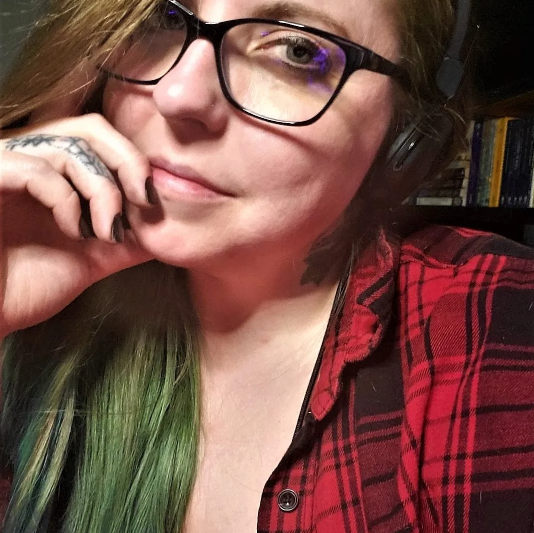What makes a horror story so scary? We believe it really depends upon the person and what they may have experienced in their lifetime. Some people are easier to frighten than others, but we believe everyone is afraid of something. Hopefully we found something here in Alter’s short horror films that will frighten you!
3:36 (2020)
Do we know when we’ve passed on? Or, if it’s a violent, painful, or emotionally traumatizing death, do we relive the moments that surround it? We’ve talked a lot about ghosts here at Puzzle Box Horror, we’ve tried to figure out what they are, why they come back, if they’re really ghosts or if they’re demons in disguise. We’ve also discussed their roles in ancient societies, how ghost stories still thrive in a world of skepticism, and whether or not mirrors can be portals to ghostly realms. We haven’t discussed too much about how or why ghosts are really scary, or why–maybe it’s because they show us a point in time where we may no longer be able to follow our dreams, or tell our loved ones how we feel before it’s too late. We think ghosts are fascinating regardless–we love a good haunted tale that makes our blood pump, or our breath catch in our throat.
Check out this ALTER horror short film that shows how pain, grief, and death all play into the horror that we feel in our own mortality. Let us know what you think about it below!
Now that you’ve seen this original horror short film about ghosts, take a look at some of our own original short stories where we tackle haunted locations!
Still (2020)
This next horror short film also deals with a certain level of grief, but that’s not where the horror lies–instead this story deals with monsters in the night, what we might think are just night time terrors, but are really true nightmares. Sleep paralysis is a real phenomenon in our world and has been studied throughout the ages, so we can perhaps have a medical understanding of what we go through at night. Are the monsters real, or is it just our minds trying to cope with the disturbing images that we absorb throughout the day?
Check out this ALTER horror short film about the monsters that prey on us in our sleep, then let us know what you think about it below!
Here There Be Monsters (2020)
We love paranormal and supernatural horror here at Puzzle Box Horror, perhaps because reality can be scary enough without the creatures in our collective imagination running wild. The real monsters in our world are bullies, the people that take advantage of the weak, pick on the underdog, or kick an injured person while they’re down. It’s always interesting to see how the victims to life’s real monsters end up being the ones who stand up the strongest against the most nightmarish creatures of horror.
Check out this ALTER horror short film about the monsters we face not only in the shadows, but the ones we face on a daily basis, and tell us what you think about it below!
We’ve taken a look at other ALTER shorts before, one in particular which was about nighttime phobias and the monsters that we face as children (and sometimes well into adulthood, to our own dismay). In Here There Be Monsters (2020) the bullies are external tormentors, but in La Noria (2018) the bullies are our own fears and the deception of the shadows at night. If you haven’t seen this horror short, it’s a great time to check it out now!
The Armoire (2019)
When you’re looking curiously at that eBay listing for a haunted doll, or a sealed dybbuk box, just remember the victims of haunted objects in horror cinema. These objects are no joke, folks! What happens though, if you stumble upon a haunted or possessed object unwittingly? What do you do then? Well, hopefully, you figure out that it’s haunted before it’s too late–otherwise you may end up like the woman in The Armoire (2019).
Check out this ALTER horror short film that has to do with haunted objects that we might unintentionally bring into our lives and let us know what you think about it below!

Georgia-based author and artist, Mary has been a horror aficionado since the mid-2000s. Originally a hobby artist and writer, she found her niche in the horror industry in late 2019 and hasn’t looked back since. Mary’s evolution into a horror expert allowed her to express herself truly for the first time in her life. Now, she prides herself on indulging in the stuff of nightmares.
Mary also moonlights as a content creator across multiple social media platforms—breaking down horror tropes on YouTube, as well as playing horror games and broadcasting live digital art sessions on Twitch.


